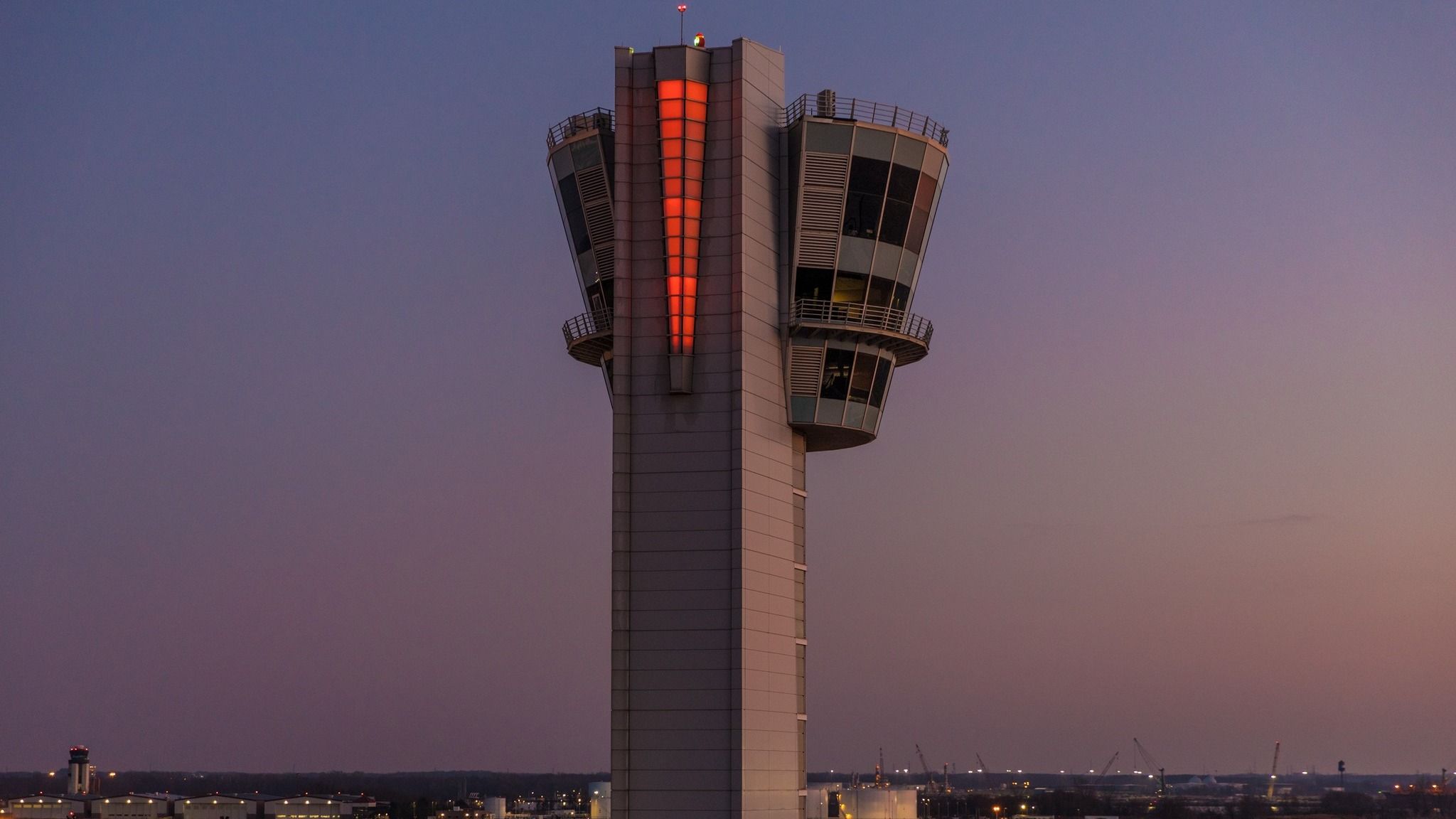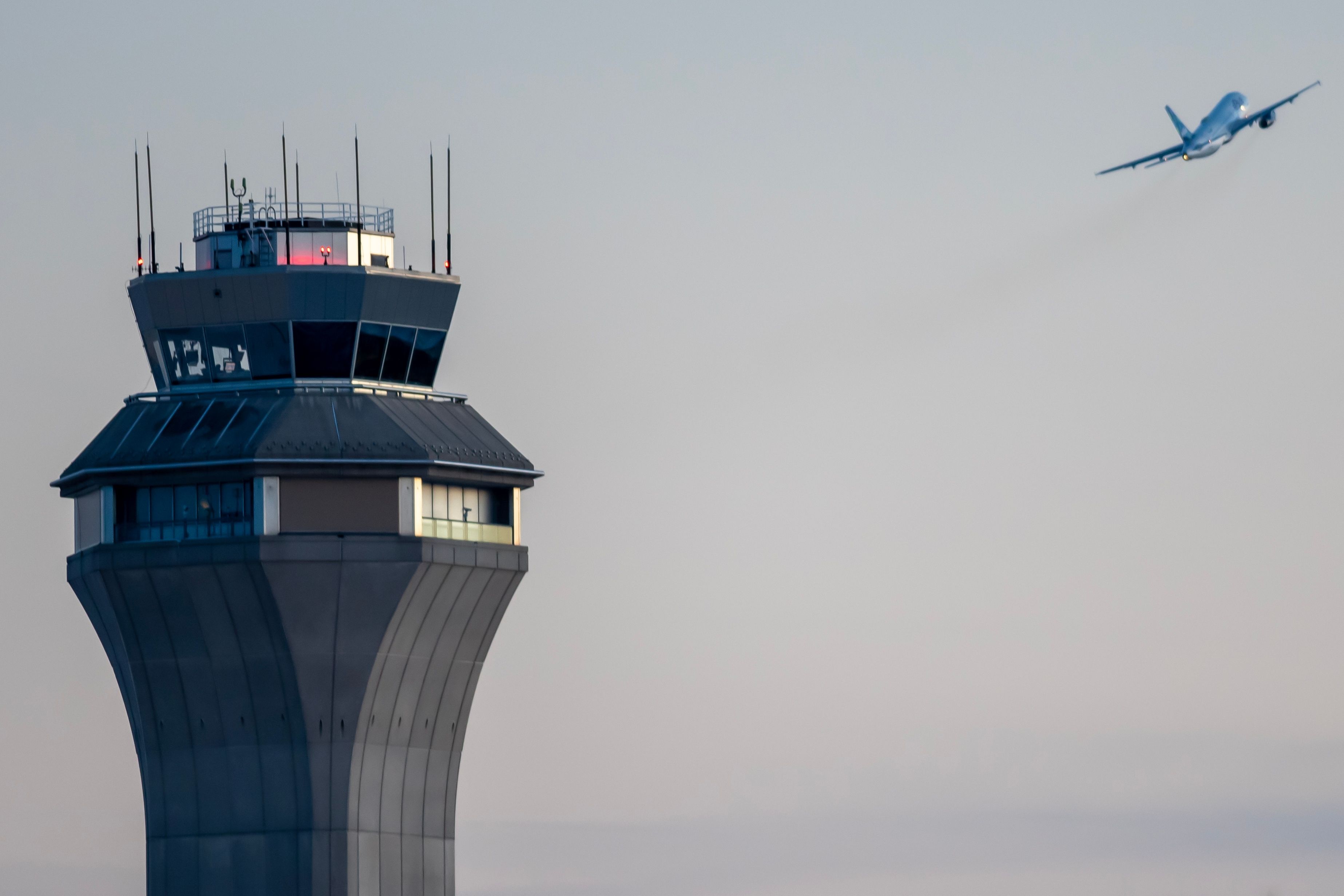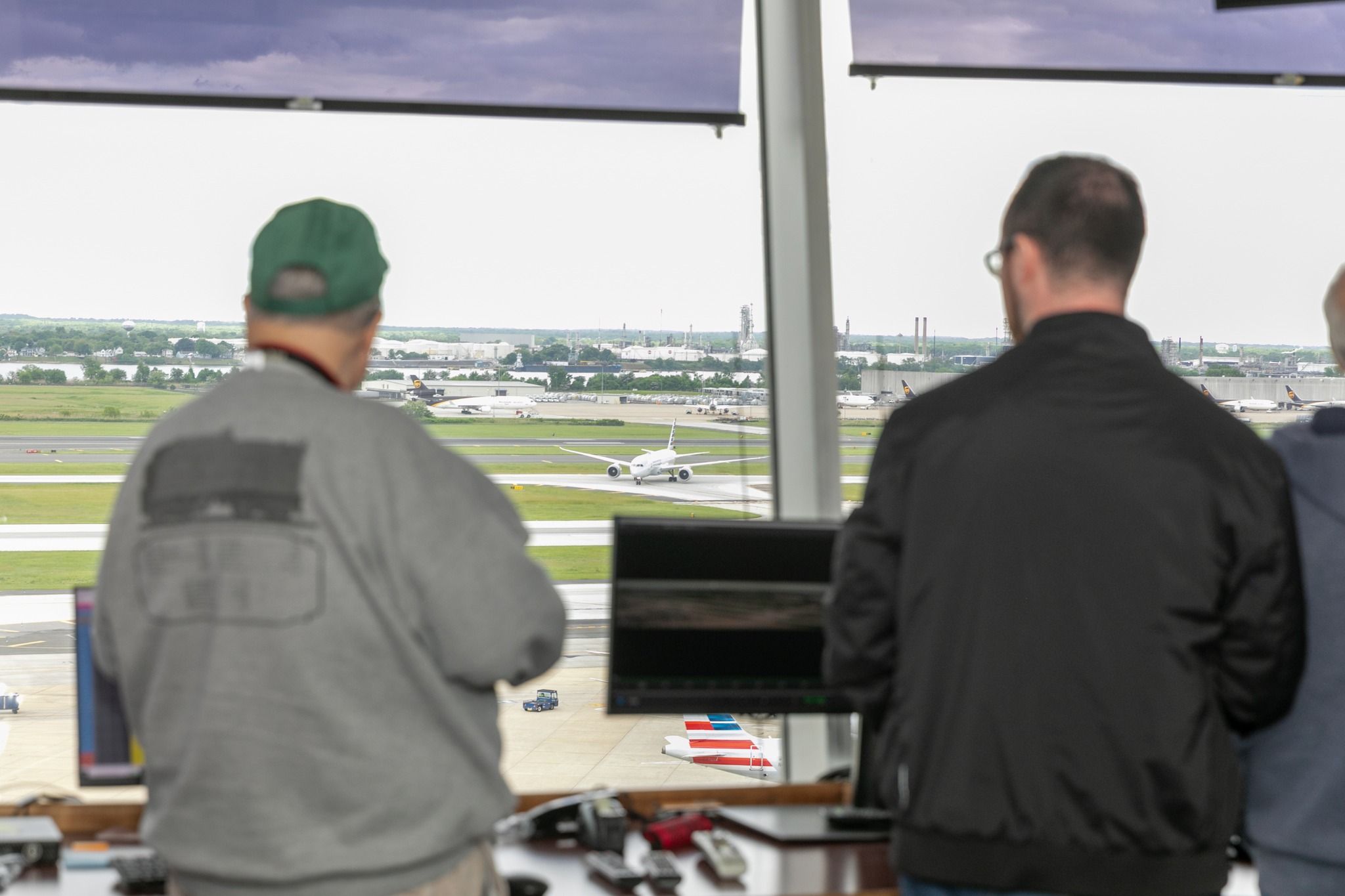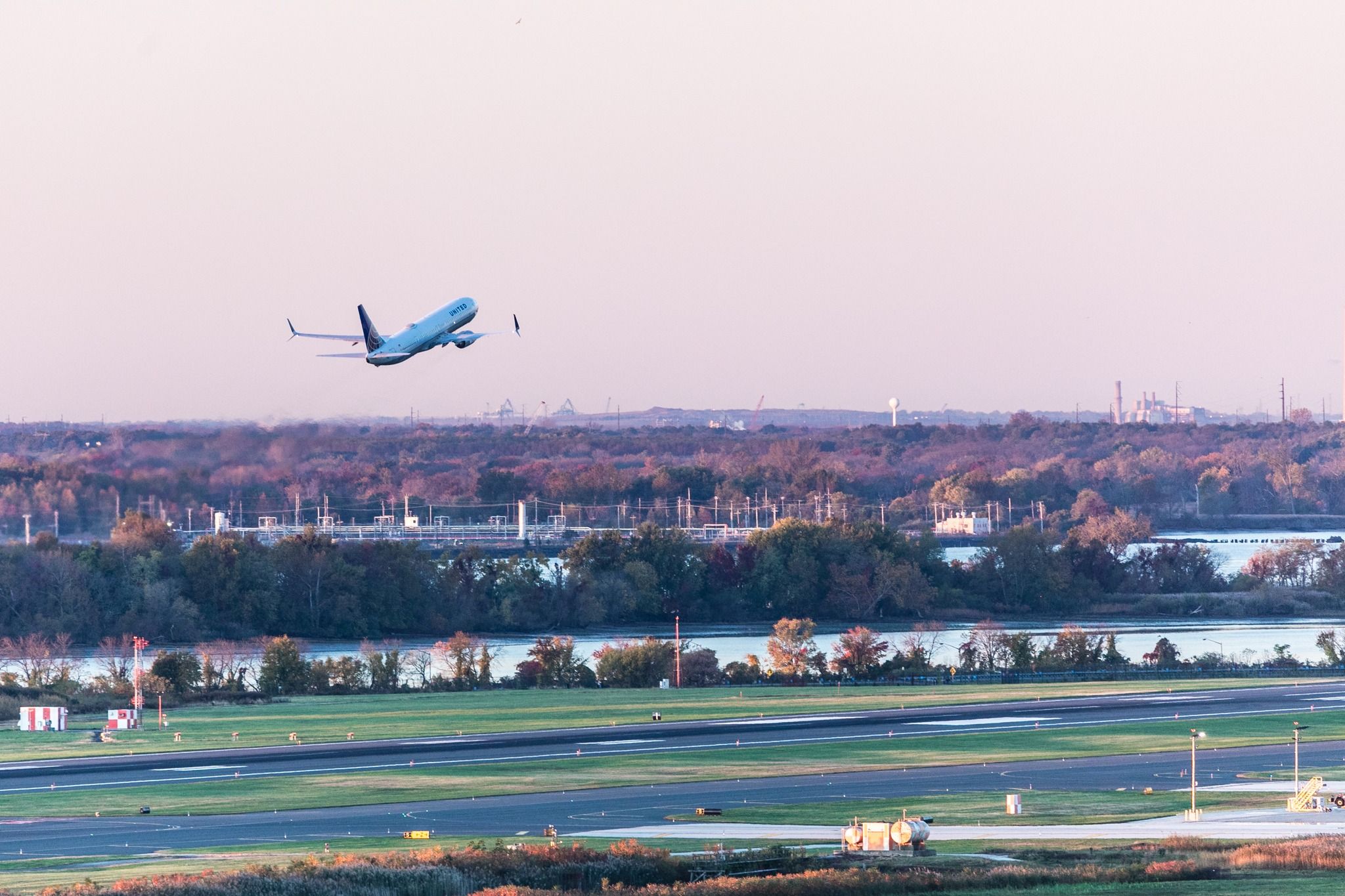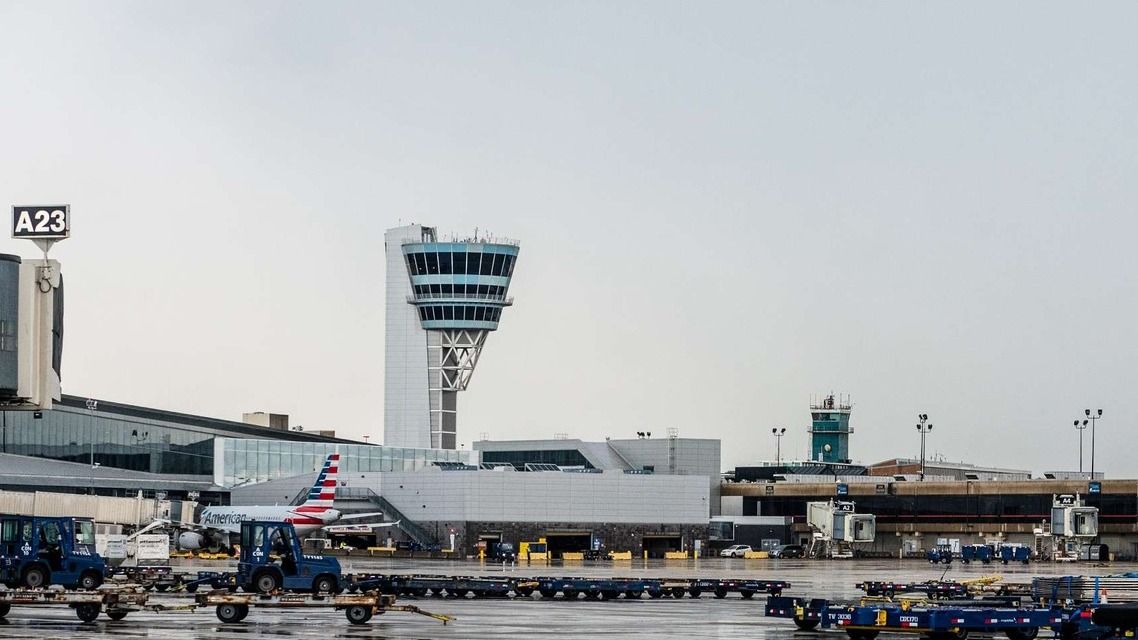Despite the Federal Aviation Administration (FAA) attempting to address the ongoing air traffic controller (ATC) staffing crisis, thousands of flights have been impacted this year. With its three airports, the New York metropolitan area has specifically become a hotspot for flight delays related to ATC complications.
It comes as Labor Day Weekend travel across the country is expected to be the busiest on record. Airports and airlines have been working around the clock to ensure flights operate on time and safely.
Moving to Philadelphia was not an option
In July, Simple Flying reported that the FAA would switch over some of Newark’s airspace jurisdiction to Philadelphia to help mitigate delays due to ATC staffing shortages. As the agency transferred oversight of traffic at Newark Liberty International Airport (EWR) to the TRACON (Terminal Radar Approach Control) facility at Philadelphia International Airport (PHL), 24 ATC personnel were required to relocate from their Long Island, New York facility to the City of Brotherly Love, according to The Wall Street Journal.
Photo: Paparacy | Shutterstock
The FAA’s plan to transfer the controllers was not sudden. Since staffing issues stemmed from the pandemic, the agency reportedly started planning the move four years ago. It initially looked for volunteers to relocate, but not many seemed interested. As a result, the FAA made the costly decision to force some personnel to pack their bags. Each controller was reportedly offered a $100,000 bonus, and their relocation and travel expenses to Philadelphia were covered. However, the air traffic controller’s union and politicians in New York, such as Chuck Schumer, who is the Majority Leader of the US Senate, criticized the FAA for the move.
Frank McIntosh, the FAA’s Deputy Chief of Air Traffic, told The Wall Street Journal that the move was not intended to affect the union’s control of the operation in Long Island, but rather improve safety and efficiency.
“This is a long-term solution to a long-term staffing challenge,” he said.
McIntosh also mentioned that the goal of the adjustment was to boost the pipeline of new controllers to work in Philadelphia and the New York area.
Backlash from the NATCA
So far, the move has been seamless, as there have not been any major air traffic disruptions. However, JetBlue, which has a significant presence at EWR, LaGuardia Airport (LGA), and John F. Kennedy International Airport (JFK), warned passengers of potential impacts to its operation. Additionally, local officials from the union disagreed with the FAA’s decision to relocate the personnel. Believing the change was rushed, they cited early operational hiccups, according to The Wall Street Journal. The adjustment required EWR to temporarily reduce its typical rate of arrivals, but it has reportedly been reinstated, according to the FAA.
Photo: Philadelphia International Airport
Whether the FAA’s plan is indeed a long-term solution is too soon to tell. Joe Segretto, the local President of the National Air Traffic Controllers Association (NATCA) at New York TRACON (N90), explained to The Wall Street Journal that separating controllers who formerly worked in the same room makes the operation even more complex. The local official also claimed that the controller’s relocation failed to recognize recent improvements made at the facility as it oversees one of the most complicated airspaces in the world.
“The density of the traffic in a given square mile is like no other place on the planet really. It is tough to certify people here because of the complexities.”
Attempting to ease as many flight disruptions as possible
As airports handle an influx of travelers this weekend, the change will be put to the test. The Transportation Security Administration (TSA) said it expects more than 17 million passengers will be screened at security checkpoints between Thursday and Wednesday next week.
![]() United Airlines
United Airlines
, which operates a hub at EWR, is anticipating to handle nearly three million passengers throughout the weekend, which is an increase of four percent from last year, according to News 12 New Jersey. Cyrus Sakari, the Chicago-based airline’s Managing Director of Customer Service, said it is prepared.
“We have larger airplanes this year, our teams are ready. We have the staffing in place, network teams are in place and our airport teams especially have been trained and are ready to accept these larger volumes of customers.”
Photo: Philadelphia International Airport
ATC staffing issues, however, have been somewhat of a longer-than-preferred nightmare for passengers and airlines alike. In other ways to address the complications, the FAA has permitted carriers to reduce flights to the New York area without losing coveted slots, but industry officials have attributed the agency’s permission to cause higher fares for passengers. Ground stops are also believed to have been used by the FAA to mitigate issues. In June, a “United-only” ground stop was issued at EWR, which contributed to more than 420 delays and nearly 130 cancelations. The airline blamed severe weather on the disruption, but no other airline was subject to the ground stop.
Staffing shortages leading to burnout
Only 60% of New York’s TRACON positions are filled. The Wall Street Journal reported that staffing is, in fact, so thin that even a few absences can trigger flight complications. Amid busy summer travel surrounding the July 4th holiday and before the ATC move to Philadelphia, dozens of flights were held at EWR for nearly an hour due to staffing problems. Inbound flights were affected even more, being held at their origin airports for over three hours.
While the ATC shortage has plagued the entire country, more than half of staffing-related flight delays have been traced to ATC facilities in the New York Area, according to The Wall Street Journal. The FAA estimates that as much as three-quarters of the overall air traffic delays in the US originate from the Big Apple.
Photo: Philadelphia International Airport
Retaining ATC personnel at the New York TRACON facility has been a challenge, as Segretto mentioned that a high percentage of trainees fail their training because of the difficulties involved with managing the complex airspace. The shortage has likely caused some controllers to be overworked and burned out. Union officials have previously complained that some personnel only have one day off per week. According to The Wall Street Journal, some New York TRACON controllers have made more than FAA Administrator Mike Whitaker’s salary of $183,100 due to working overtime hours. Simple Flying contacted the agency on Friday for comment on the current situation, but has yet to receive a response.
As of July, New York TRACON has 133 fully trained ATC personnel, but its hiring target is 226 controllers. Nonetheless, Segretto said the facility has improved the certification and training of new controllers.
“We changed our methods in the classroom and the labs, and we’ve really made successes,” he explained to The Wall Street Journal.

